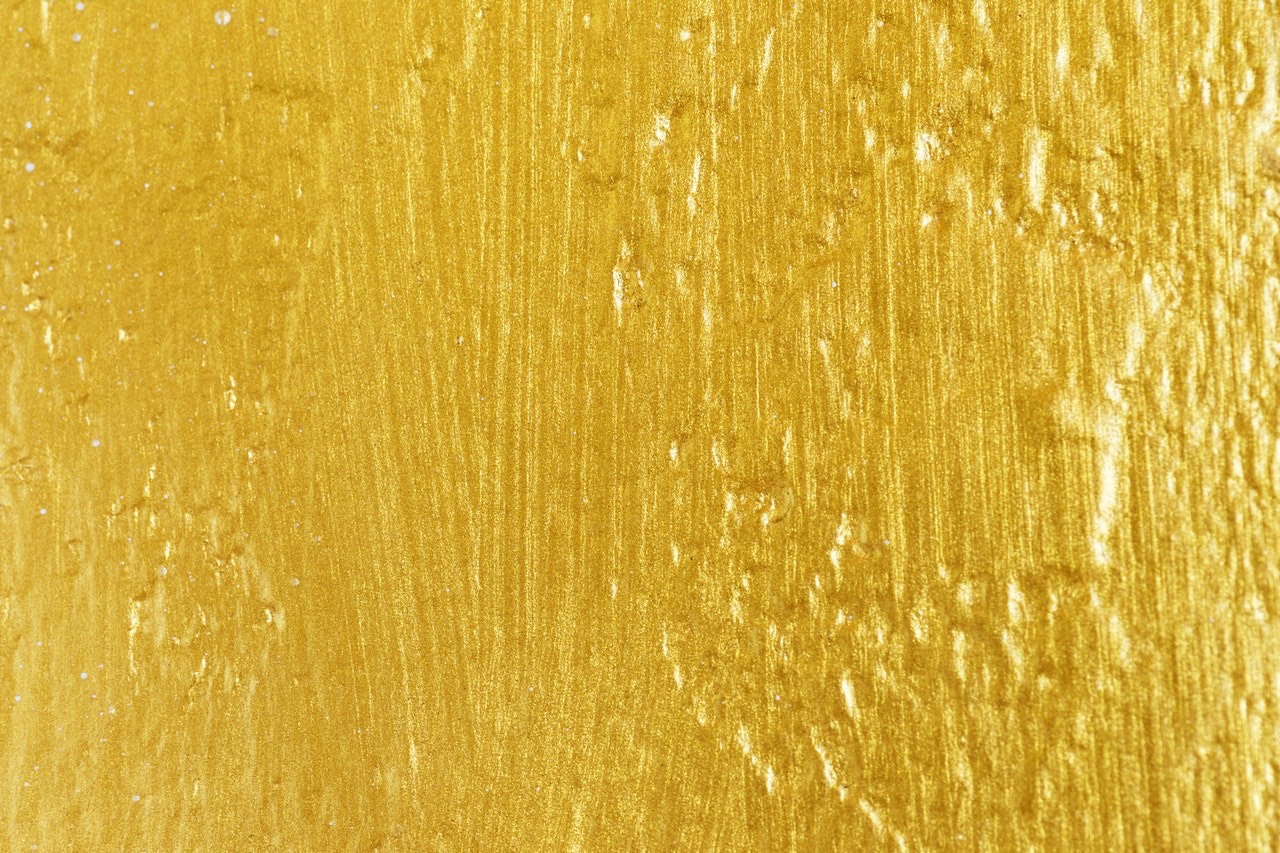Up Your Production With 3D Print Finishing
You never want your parts or products shipped to market looking like they’re fresh off the cutting room floor. Yet, when it comes to parts or products manufactured with 3D printing, surface finishing can feel like a brave new world. Is a 3D printed object “done” when it has concluded printing? Often, the answer is no. Though precise in many ways, 3D printing can still leave parts with many subtle inconsistencies, imperfections, and unpolished surfaces.
When finishing a 3D printed object, the objective is to smooth out any raw characteristics that resulted from the printing process. 3D print finishing, when done correctly, gives you the ability to: adjust surface roughness, eliminate imperfections, and increase shine and polish.
However, to carry out these adjustments, 3D printed parts can demand a different approach to finishing than traditional metal parts. Here’s how.
Setting Selection
You can pre-empt the need for extensive surface finishing post-production by selecting the right settings at the time of printing. These settings can include layer height (how thick your layers are), print speed, and choice of paint coating. While these selections will impact quality and type of surface finish, they often won’t result in a “market ready” product without additional finishing touches. Think of setting selection as a way to minimize the need for final finishing, not eliminate it completely.
Professional Surface Finishing
Industrial printers sometimes have finishing solutions built right in to their machines, but those are the larger, more complex models that not every business needs or can afford. Sometimes you’ll need to send your 3D printed parts off for finishing or purchase an on premise finishing system. Keep in mind that many of these on premise finishing systems can be portable and sized to rest on a countertop, which can be a practical solution for those with smaller 3D printed parts. Finishing systems can come in a variety of options, like barrel tumblers and vibratory tumblers. Each type offers different advantages, based on the type of surface finishing you need to carry out on your 3D printed parts. Tumbling systems in particular are well-suited for adding a coat of shine to a 3D printed surface.
Sandblasting
Many 3D printed materials are made with PLA and ABS plastic. The best type of finishing technique for these materials is often abrasive sandblasting. Abrasive blasting is a great surface finishing option because it reduces the risk of excessive friction or scratching that could come from sanding with traditional sandpaper. As with barrel tumbling and vibratory tumbling, abrasive blasting can be conducted with equipment available in smaller, portable sizes to best meet your business needs.
Additional Options
Depending on the requirements of your 3D printed part, you may also need to explore finishing options like epoxy curing (to fill in gaps and divots), PVB filament (for high polish) and vapor smoothing (to remove blemishes).
When it comes to 3D printed parts, take advantage of finishing options to ensure your parts head out the door always looking polished and professional. Kramer Industries has got you covered.

